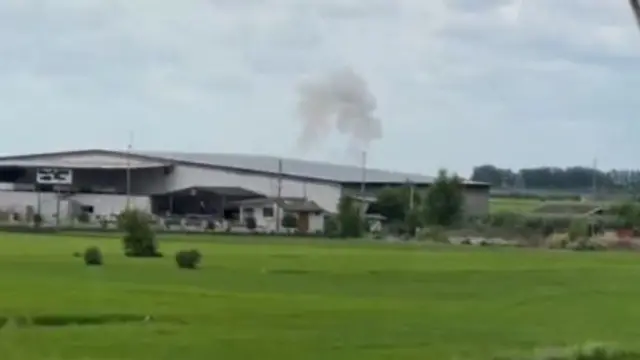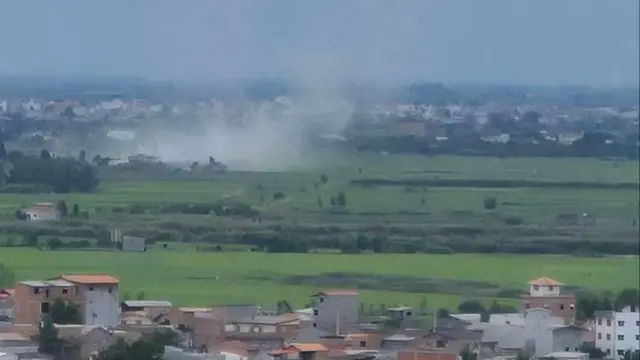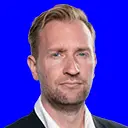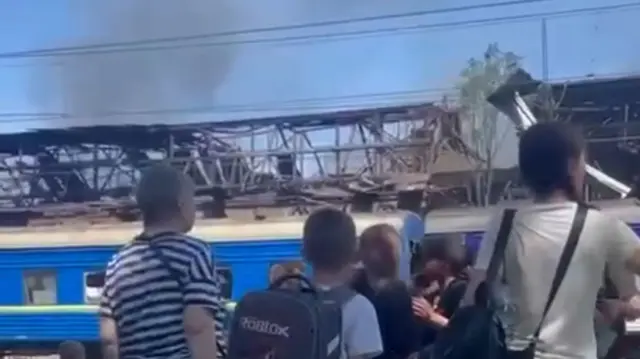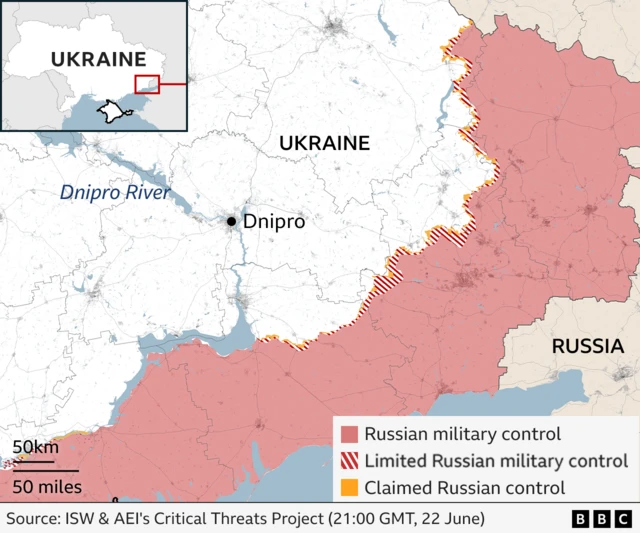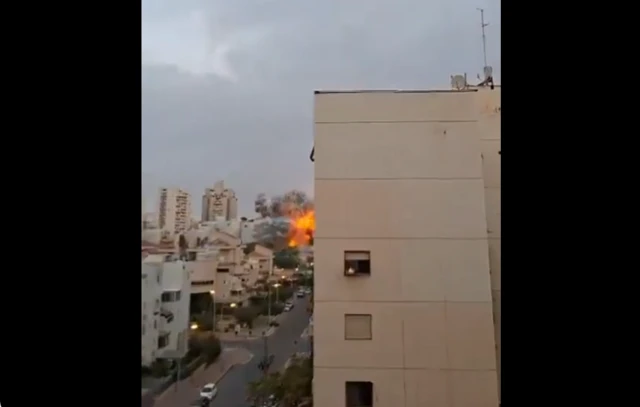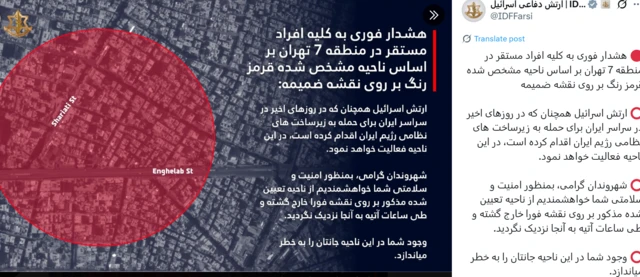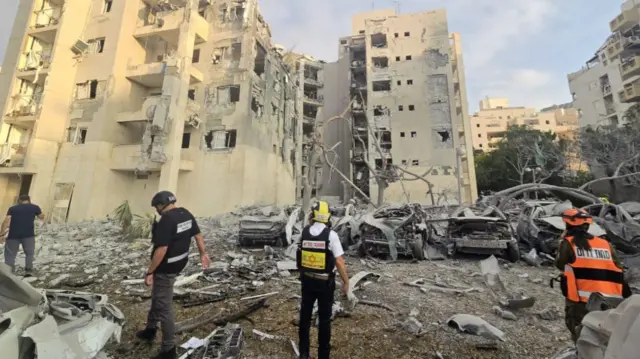Coming up: A Russian warship, Nato spending and more on ‘Alligator Alcatraz’published at 17:40 BST 24 June
 Lucy Gilder
Lucy Gilder
BBC Verify journalist
Verify Live will be finishing for the day shortly - we will be keeping a watch on the latest from Iran and Israel.Here are three other Verify stories you can look out for later today:
- An investigation about a Russian warship which disguised itself using a fake ID signal while travelling through the English Channel with two sanctioned oil tankers
- Analysis of the nine Nato countries that didn’t meet their previous 2% defence spending targets
- A video explaining what we know about Florida’s so-called “Alligator Alcatraz” migrant detention centre
And if you want to catch up on BBC Verify’s previous investigations, videos and analysis then go to our pages on the BBC website.
